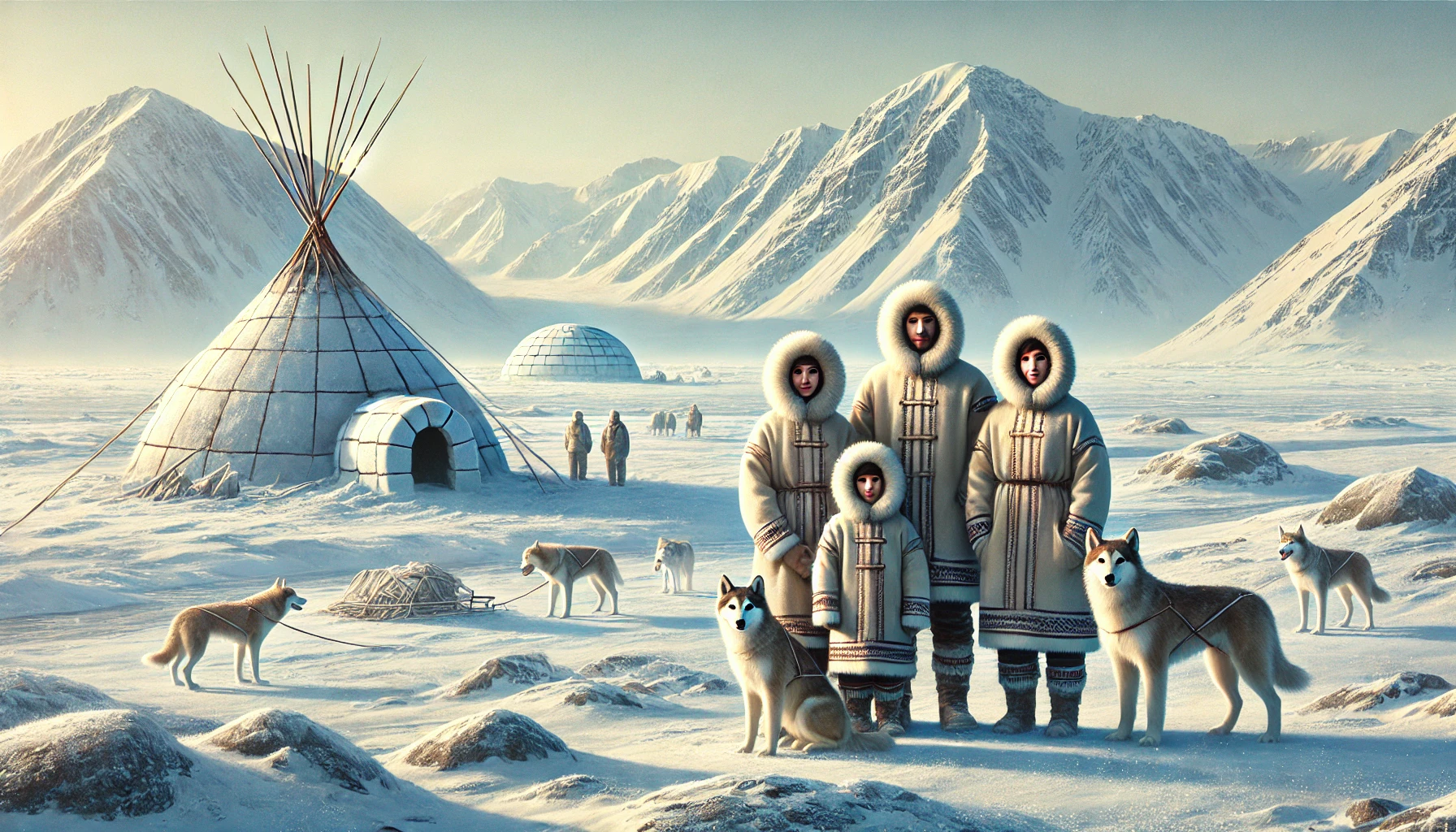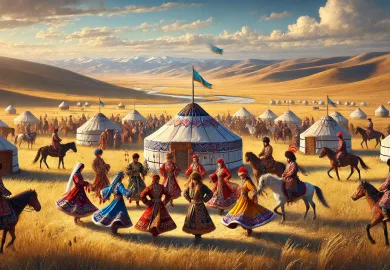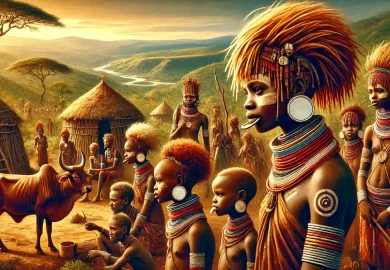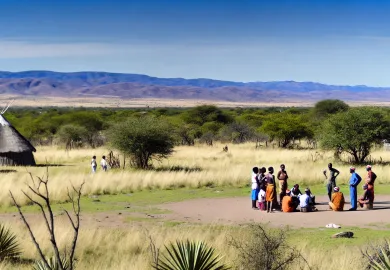
The Inuit culture is a remarkable tapestry of resilience, tradition, and adaptability, shaped by centuries of living in some of the most extreme conditions on the planet. From the icy tundras of the Arctic to the shores of Greenland, the Inuit people have thrived by developing a way of life that is deeply connected to nature and their surroundings. Their customs, beliefs, and skills have been passed down through generations, preserving a unique cultural identity. In this article, we will dive into the fascinating world of the Inuit, exploring their traditions, art, and their enduring connection to the land and sea.
The Inuit Way of Life: Adapting to the Arctic Environment
The Inuit way of life is closely linked to the harsh environments in which they have lived for centuries. With temperatures that can drop well below freezing and long periods of darkness, survival requires an intimate knowledge of the land, wildlife, and climate. The Inuit people have developed ingenious techniques to thrive in such an unforgiving setting.
One of the most notable aspects of Inuit culture is their deep connection to the natural world. They have a profound respect for the environment and the animals that inhabit it. Traditional hunting and fishing are central to their way of life, providing not only food but also clothing and tools. Animals such as seals, whales, and caribou are essential resources, and Inuit hunters have perfected their skills to ensure sustainability and respect for these creatures.
Inuit homes, known as igloos, are an excellent example of their resourcefulness. Built from blocks of ice, these dome-shaped structures are insulated from the cold, offering warmth and shelter in the bitter Arctic winters. Although modern Inuit may not live in igloos year-round, they remain a symbol of the ingenuity that defines the Inuit people.
Inuit Art and Storytelling: Preserving Traditions Through Creativity
Inuit art is one of the most celebrated aspects of their culture, known for its uniqueness and deep connection to Inuit beliefs and way of life. Art has been a means for the Inuit to express their relationship with nature, their ancestors, and the spirits they believe inhabit the world around them. This creativity manifests in a variety of forms, including carvings, textiles, and jewelry.
Soapstone carvings are among the most recognizable forms of Inuit art. Inuit artisans meticulously carve figures of animals, spirits, and hunters from stone, capturing the essence of the Arctic world. These carvings are not merely decorative but serve as expressions of cultural identity and history. The art often reflects the Inuit’s deep respect for the animals they hunt and the spiritual beliefs that guide their lives.
Storytelling is another vital part of Inuit tradition, passed down orally from one generation to the next. These stories often revolve around the Inuit’s spiritual beliefs, moral lessons, and experiences in the Arctic. Through storytelling, the Inuit have preserved their history and the knowledge of how to live in harmony with nature. Today, Inuit art and storytelling continue to be celebrated around the world, keeping their culture alive in modern times.
Inuit Spiritual Beliefs: A Deep Connection to Nature and the Spirit World
Spirituality plays a central role in Inuit culture, intertwining with their everyday lives and their understanding of the world. The Inuit people traditionally believe in a world where spirits inhabit not only humans but also animals and natural elements like the wind, sea, and ice. This belief system reflects their close relationship with the environment and their reliance on the natural world for survival.
One of the most important figures in Inuit spirituality is the shaman, known as an angakkuq. Shamans hold the responsibility of mediating between the human and spirit worlds, healing the sick, and maintaining balance between people and nature. They are believed to possess the ability to communicate with spirits, who guide and protect the community. Rituals and ceremonies, often involving drumming and chanting, are performed to honor the spirits and seek their guidance.
The belief in the spirit world also influences the Inuit’s approach to hunting. Inuit hunters are taught to respect the animals they hunt, as it is believed that animals possess spirits. This respect ensures that the animals will offer themselves to the hunters again in the future, promoting a sustainable relationship with the environment. Today, while many Inuit have adopted modern religions like Christianity, traditional beliefs continue to influence their worldview and cultural practices.
Modern Inuit Culture: Balancing Tradition and Contemporary Life
While the Inuit people have a deep connection to their ancestral traditions, they have also adapted to modern life in significant ways. Many Inuit now live in permanent communities with modern amenities such as schools, healthcare, and transportation. However, they strive to maintain a balance between their traditional customs and the conveniences of modernity.
One area where this balance is evident is in the continued practice of subsistence hunting. Although modern technology has made hunting more efficient, the principles of respect for nature and sustainability remain integral. In addition, efforts are being made to ensure that younger generations are educated about traditional skills such as hunting, fishing, and clothing production, ensuring that these aspects of Inuit culture are preserved.
Education and politics have also become important aspects of modern Inuit life. Inuit communities in Canada, Greenland, and Alaska have gained greater autonomy in recent decades, establishing regional governments to manage their lands and resources. These efforts ensure that Inuit voices are heard in discussions about the future of the Arctic, especially concerning climate change, which poses a significant threat to their way of life.
Inuit culture continues to evolve, blending the old with the new, yet their resilience and cultural pride remain as strong as ever. From the ice-covered lands of the Arctic to the halls of international forums, the Inuit are both protectors of an ancient heritage and participants in a globalized world.
This deep dive into the culture of the Inuit highlights their rich traditions, their adaptability in the face of modern challenges, and their unique connection to the natural world. By understanding and appreciating the ways in which they have survived and thrived for centuries, we gain a greater respect for the Inuit people and their enduring legacy.








